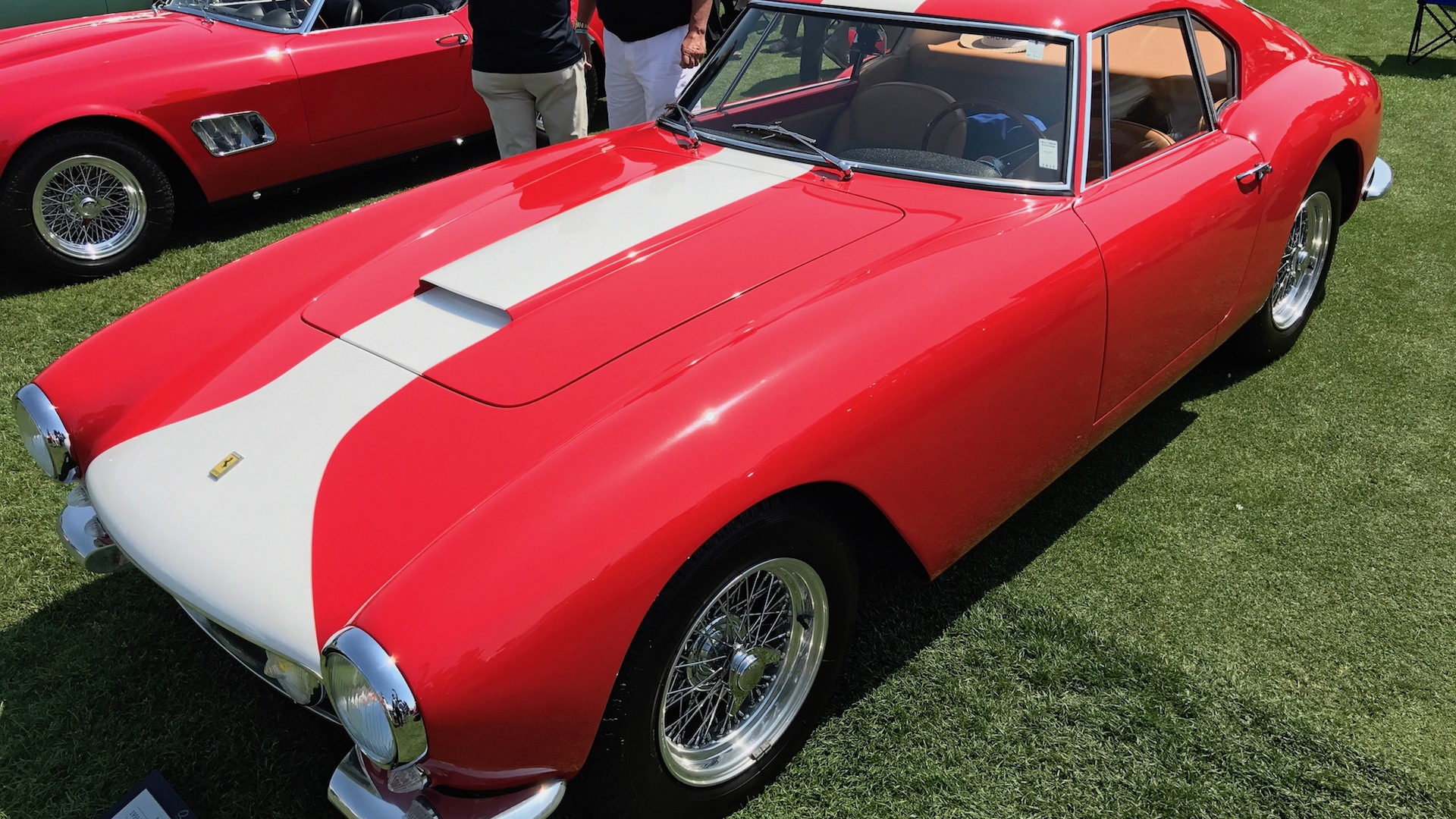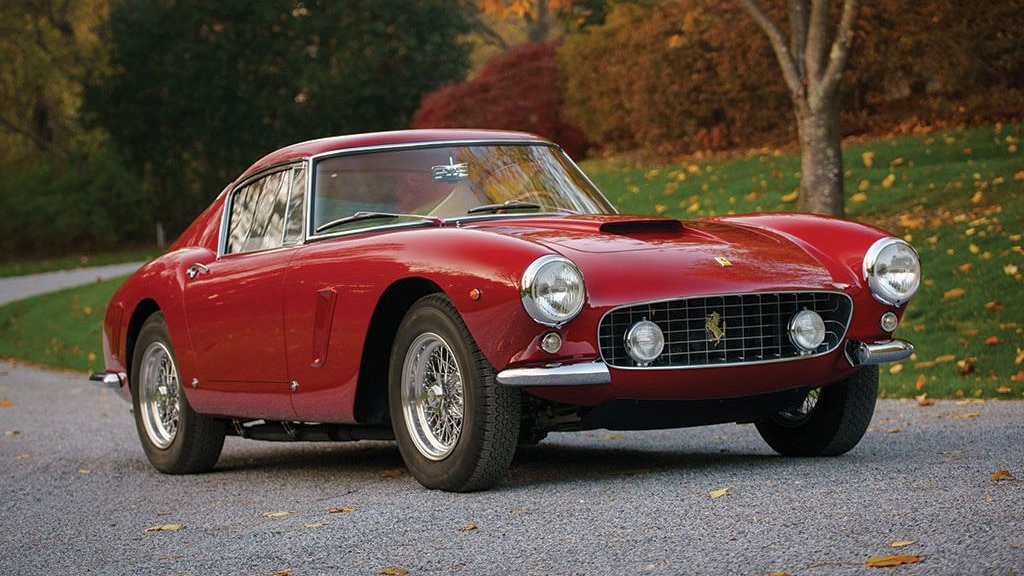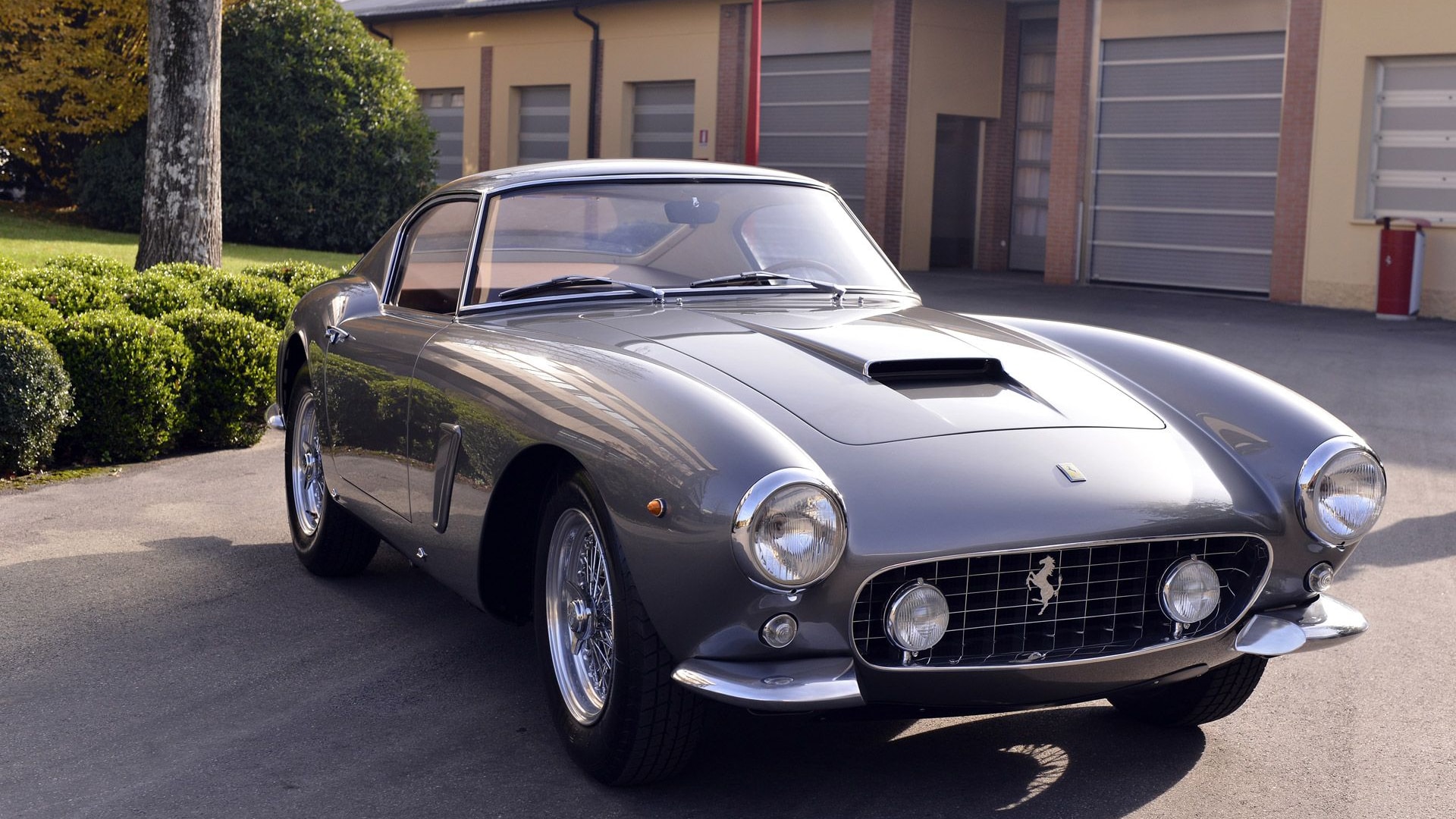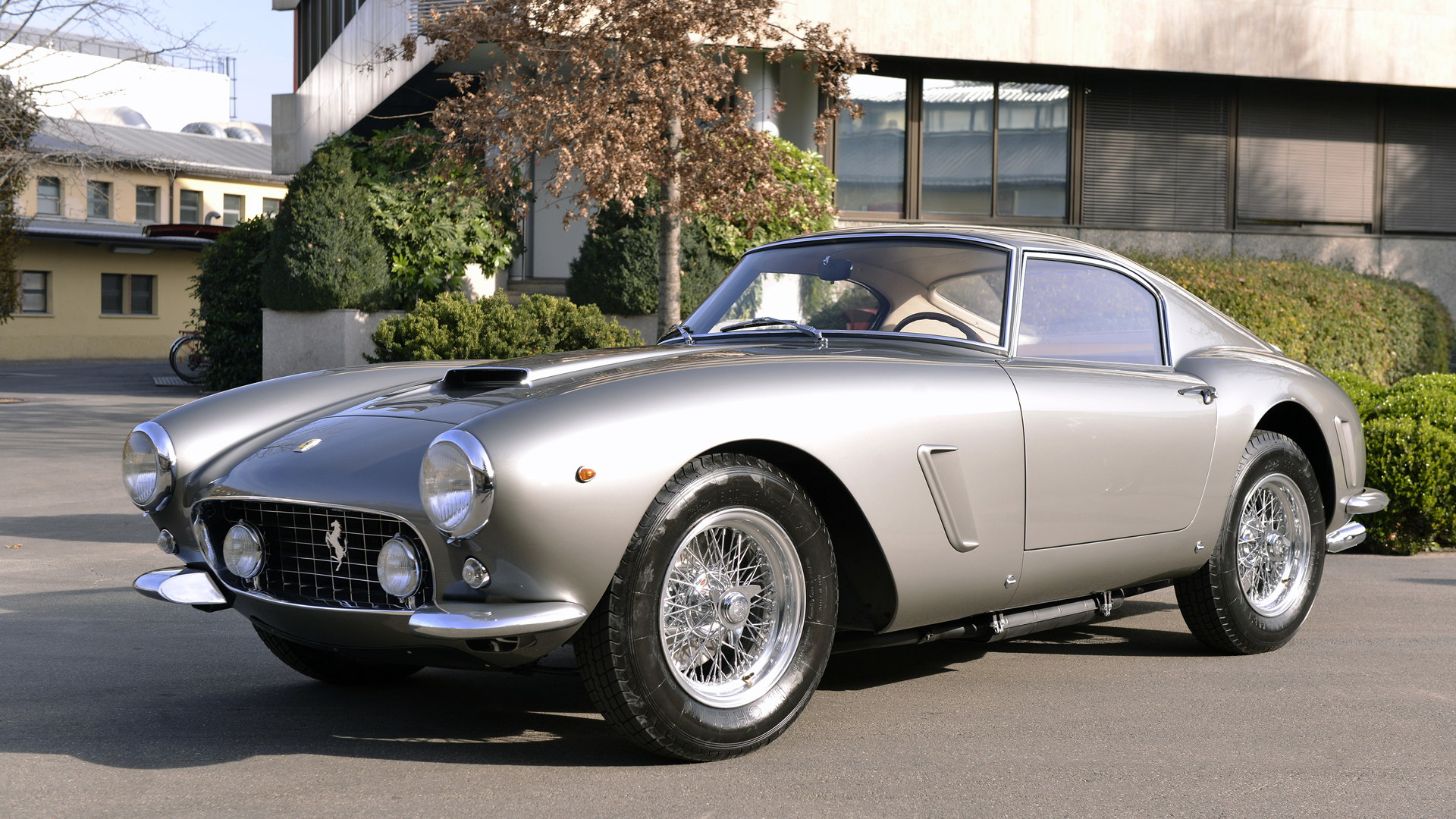Enzo Ferrari had no desire to sell road cars with his company’s name on a badge throughout the company’s beginnings in the 1940s. However, he quickly found it was the best business case to fund his dream of a full-blown racing organization: Scuderia Ferrari.
With momentum building on the racetrack, the Ferrari 250 GT came to life in 1959 and built a reputation as the epitome of grand tourer and track car. It was meant to be the sports car for every activity and it marked an important step in the history of Ferrari road cars that took the best bits from race cars and wrapped them in a gorgeous, luxurious package.

1962 Ferrari 250 GT SWB by Bertone, photo courtesy of Consumer Guide Automotive
At the time, Ferrari was only building vehicle chassis with a few coachbuilders designing the bodies. By this point, Pinin Farina was Mr. Ferrari’s preferred coachbuilder. Of the six chasses Ferrari engineered for the 250 GT, four were from Pinin Farina and two came from Bertone. No matter the coachbuilder, each of the 166 cars built were stunning creations and often tailored exclusively to a buyer’s desires.
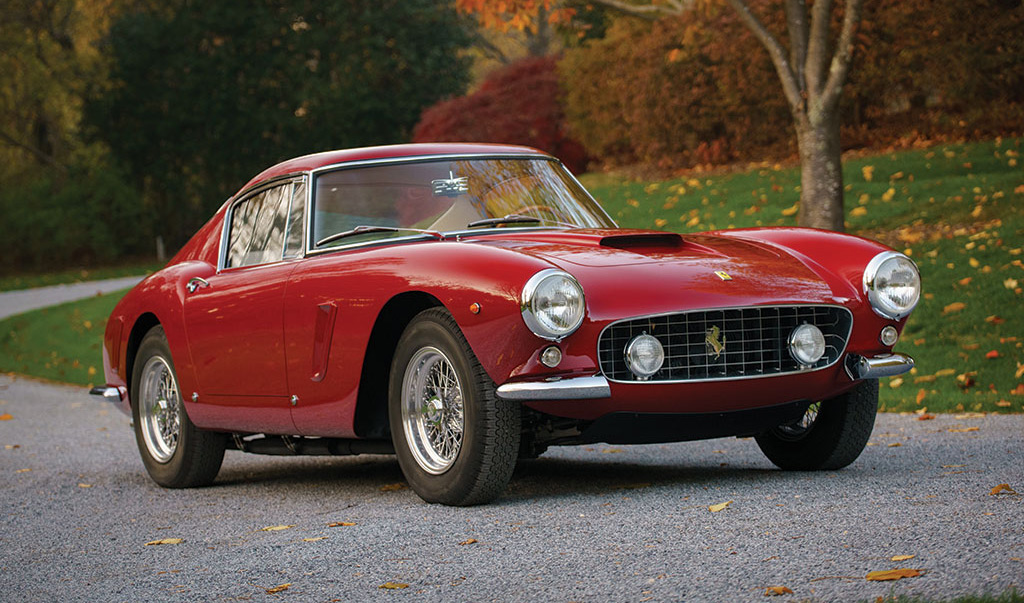
1961 Ferrari 250 GT SWB Berlinetta that failed to sell during 2017 Amelia Island Concours auction
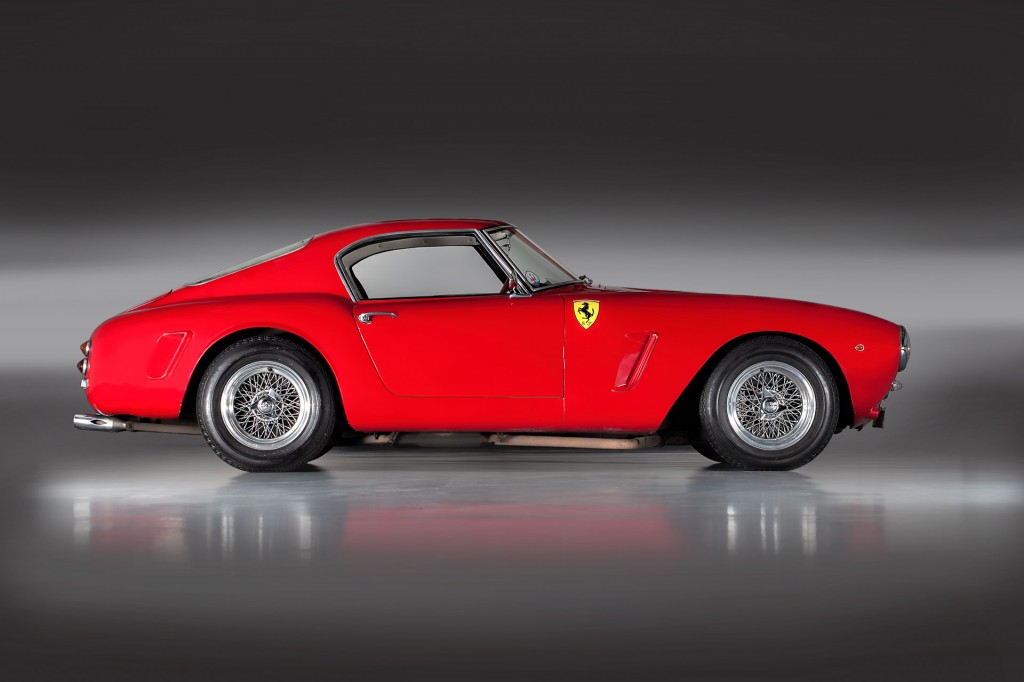
1960 Ferrari 250 GT SWB
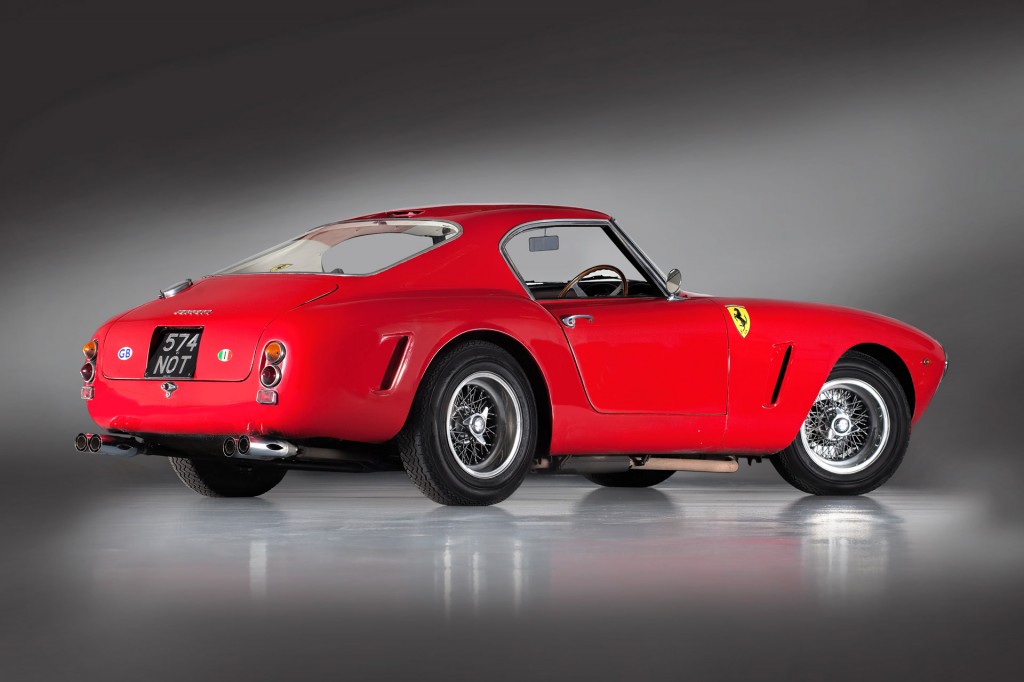
1960 Ferrari 250 GT SWB
The Pinin Farina bodies were particularly beautiful. Their fastback (berlinetta) body style cut just the right line and fit perfectly with the short 94.5-inch wheelbase and two-seat layout. The bodies used aluminum for the doors, hood, and trunk lid, but a few cars had all-aluminum bodies. Bertone also made factory-backed bodies, though those cars sported a very different look, especially up front.
The bodies rested on a development of Ferrari’s chassis. It used twin A-arms and coil springs up front and a live rear axle with semi-elliptical leaf springs and trailing arms. It also featured disc brakes at all four corners, which was quite advanced for the era. In keeping with the car’s road and track persona, buyers could choose axle ratios ranging from 3.44:1 to 4.57:1 and interiors that were stripped or clad in leather.
A Columbo overhead-cam 3.0-liter V-12 sat in the front of the car under the hood, and it was hooked to a 4-speed manual transmission. In Testa Rossa and GTO guises, the lightweight (for the time) engine made 296 hp, but it made 260-280 hp in the 250 GTs. The engine could launch the car from 0-60 mph in as little as 6.5 seconds and push it to a top speed around 150 mph. The V-12 took the 250 GT to the grandest races, and most importantly, to victory.
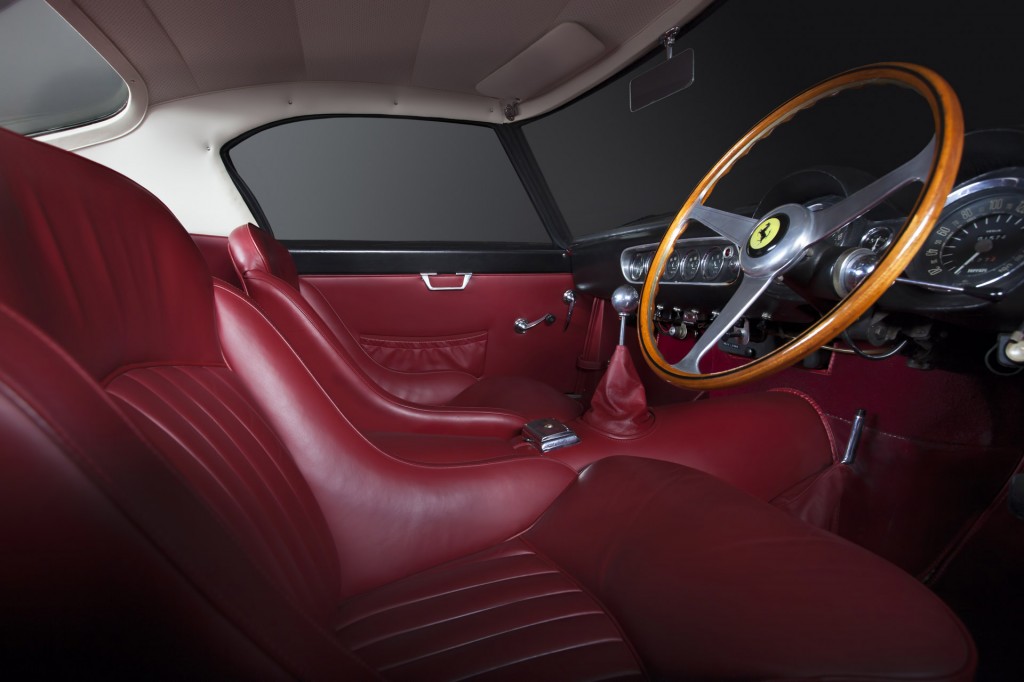
1960 Ferrari 250 GT SWB
The 250 GT Ferrari cemented the company’s rightful place as a force to be reckoned with on race day. Subsequent cars would need to be developed specifically for the road or track as racing would become too competitive for the two-way car. The 250 GT also created a lineage that still exists today of front-engined V-12-powered Ferrari road cars.
The 250 GT did more than help define Ferrari in the decades to come. Famously, the car was Feruccio Lamborghini’s punching bag. When Lamborghini complained of reliability issues, the tractor maker decided to build his own car and he took some of Ferrari’s own engineers to help build them.
So, yes, we have much to give thanks for the 250 GT. Without it, the Ferrari grand tourer as we know it may not exist, and neither would the modern-day Lamborghini.
—Sean Szymkowski also contributed to this report

